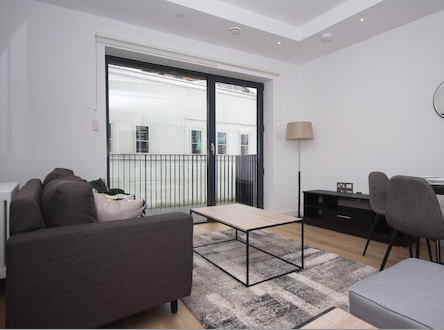Your Trusted Real Estate Advisors. Let Us Help You!
The Pros And Cons Of Furnishing Your Rental Properties

In the competitive world of real estate rentals, a critical decision that often confuses property owners is whether or not to furnish their rental properties.
Making this choice can significantly impact your rental strategy, influencing the type of tenants you attract and potentially affecting your rental income. In a nutshell, while furnished rentals can command a higher price point and cater to specific demographics, they also come with their fair share of extra costs and responsibilities.
Here are some key pros and cons to consider if you’re considering furnishing your rental property.
Benefits of Furnishing Your Rental Property
- Command Higher Rent: One of the top benefits of furnished rentals is that they can fetch higher rents. The convenience of moving into a fully equipped property that saves tenants from buying furniture or dealing with the inconvenience of moving bulky items can be highly attractive, especially for those seeking short-term leases.
- Target-Specific Tenant Demographics: Furnished properties typically appeal to demographics like students, young professionals, and temporary workers. These individuals prefer the ease of moving in with just their suitcases and the flexibility to leave without worrying about moving or selling furniture.
Drawbacks of Furnishing Your Rental Property
- Hefty Initial Investment: Fully furnishing a property entails a sizeable upfront investment. You’ll need to shell out for all the furniture, appliances, and sometimes even housewares, which might also push up your insurance premiums.
- Increased Maintenance and Replacement Costs: You’re liable for the wear and tear on the provided furniture, translating into more frequent repairs or replacements.
Conclusion
Ultimately, whether to furnish your rental property or not hinges on your target market and investment objectives. Suppose your property is in a buzzing city with a high transient population or near a university. In that case, furnished rentals might be a good bet. Conversely, if your property lies in a suburban, family-oriented area, leaving it unfurnished might be more appealing to potential long-term renters. One compromise to consider is offering a partially furnished property, equipping it with essential appliances like a refrigerator, oven, or washing machine. This option provides a balance between convenience for the tenants and avoiding the substantial cost of a fully furnished property.
Whatever your choice, it’s essential to do your homework: study your local rental market meticulously and solicit advice from seasoned real estate professionals. Assess your financial capacity, property type, location, and target market. Gauge the level of commitment and engagement you’re willing to undertake. Furnishing your rental properties isn’t a decision to be taken lightly. Like all investment moves, it should be carefully thought out, well-informed, and in sync with your long-term objectives.
Written By CREW Editorial - November 2, 2023